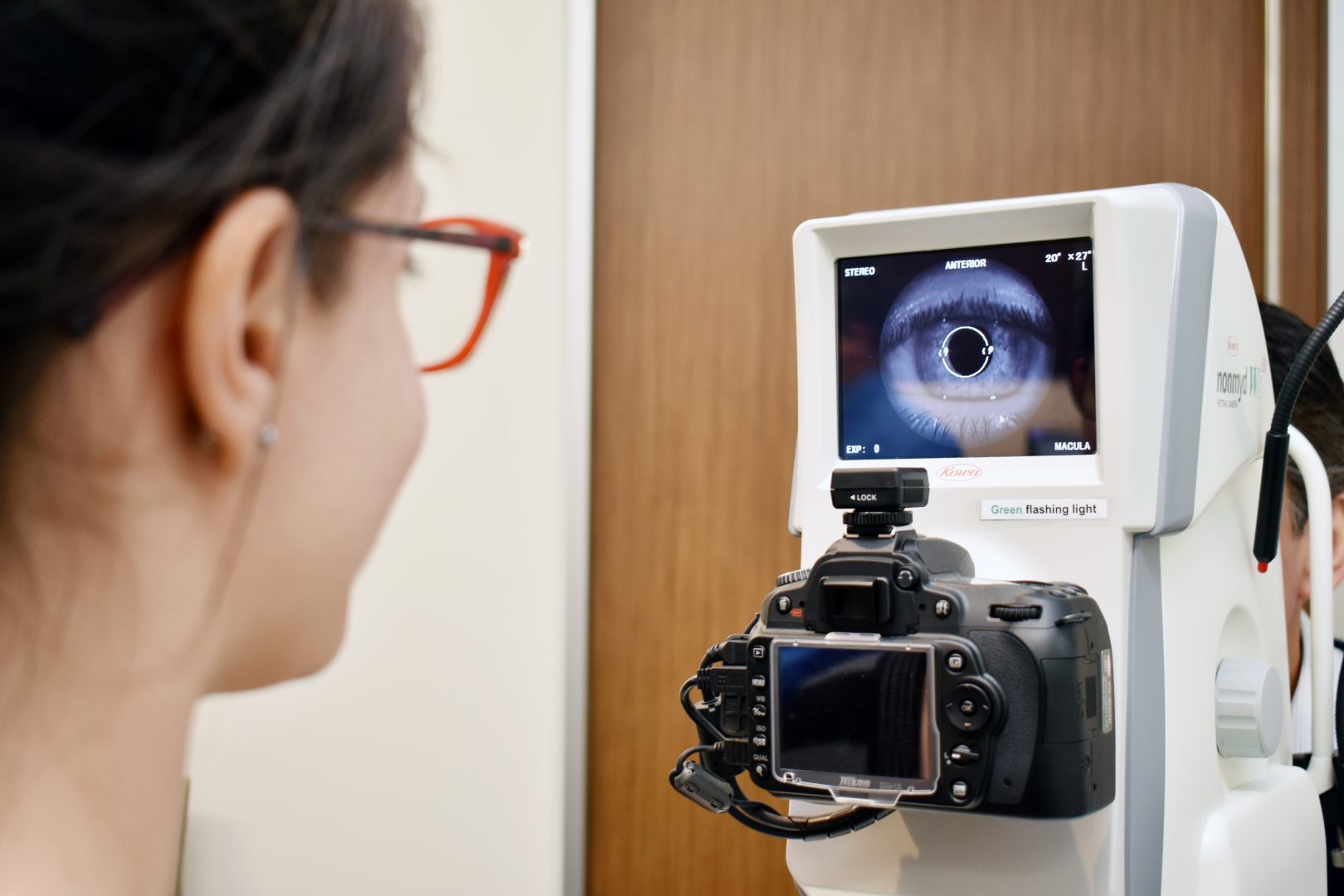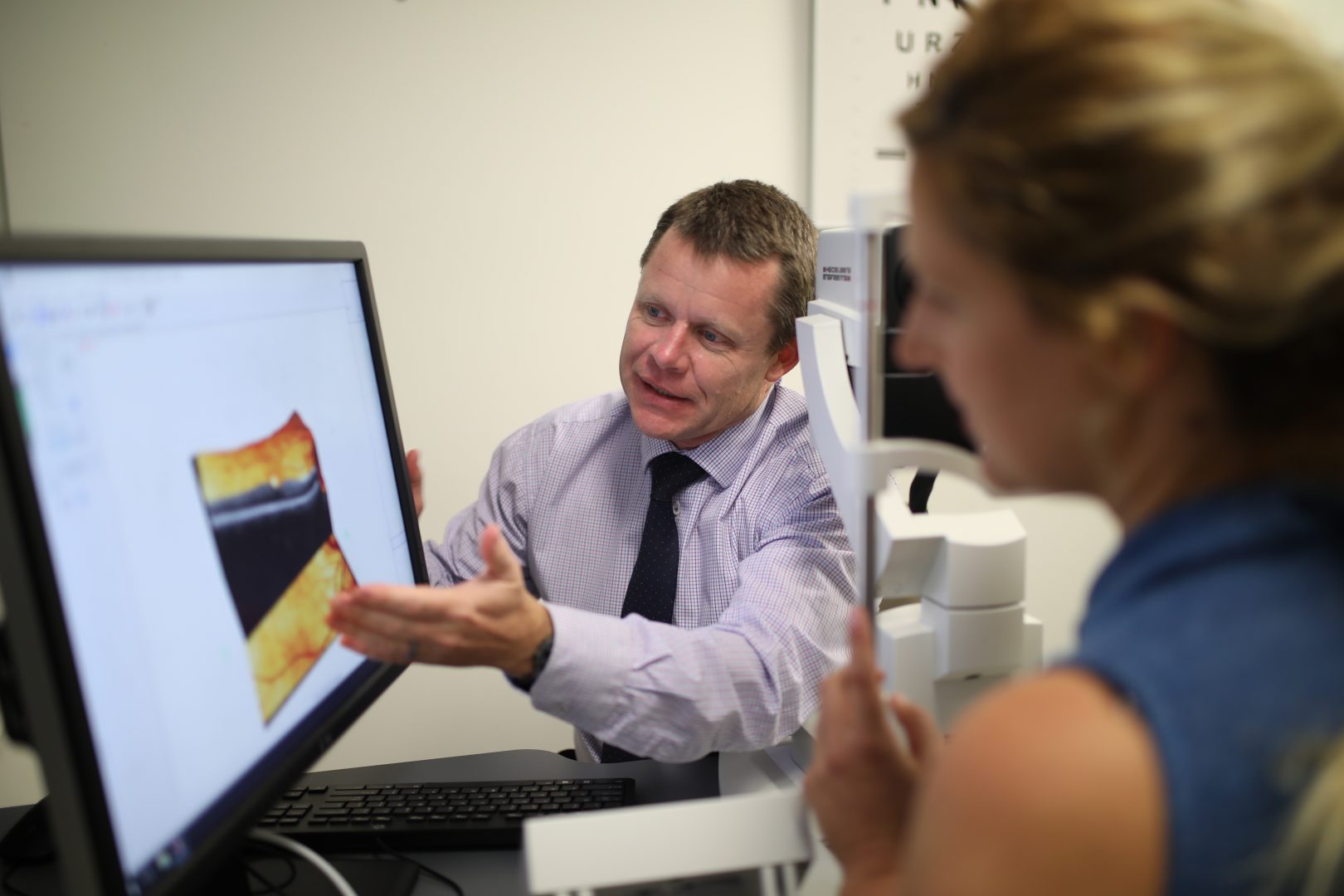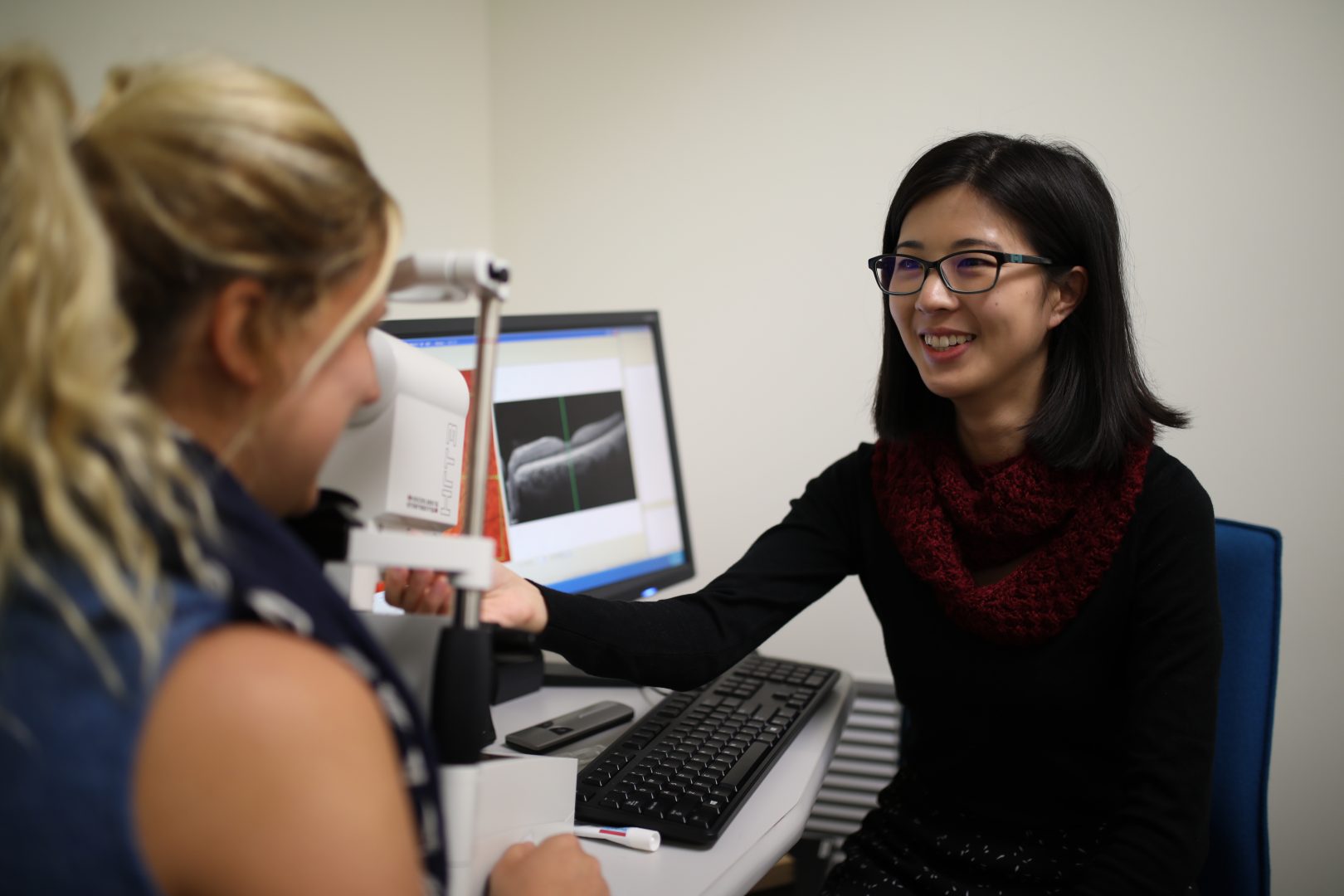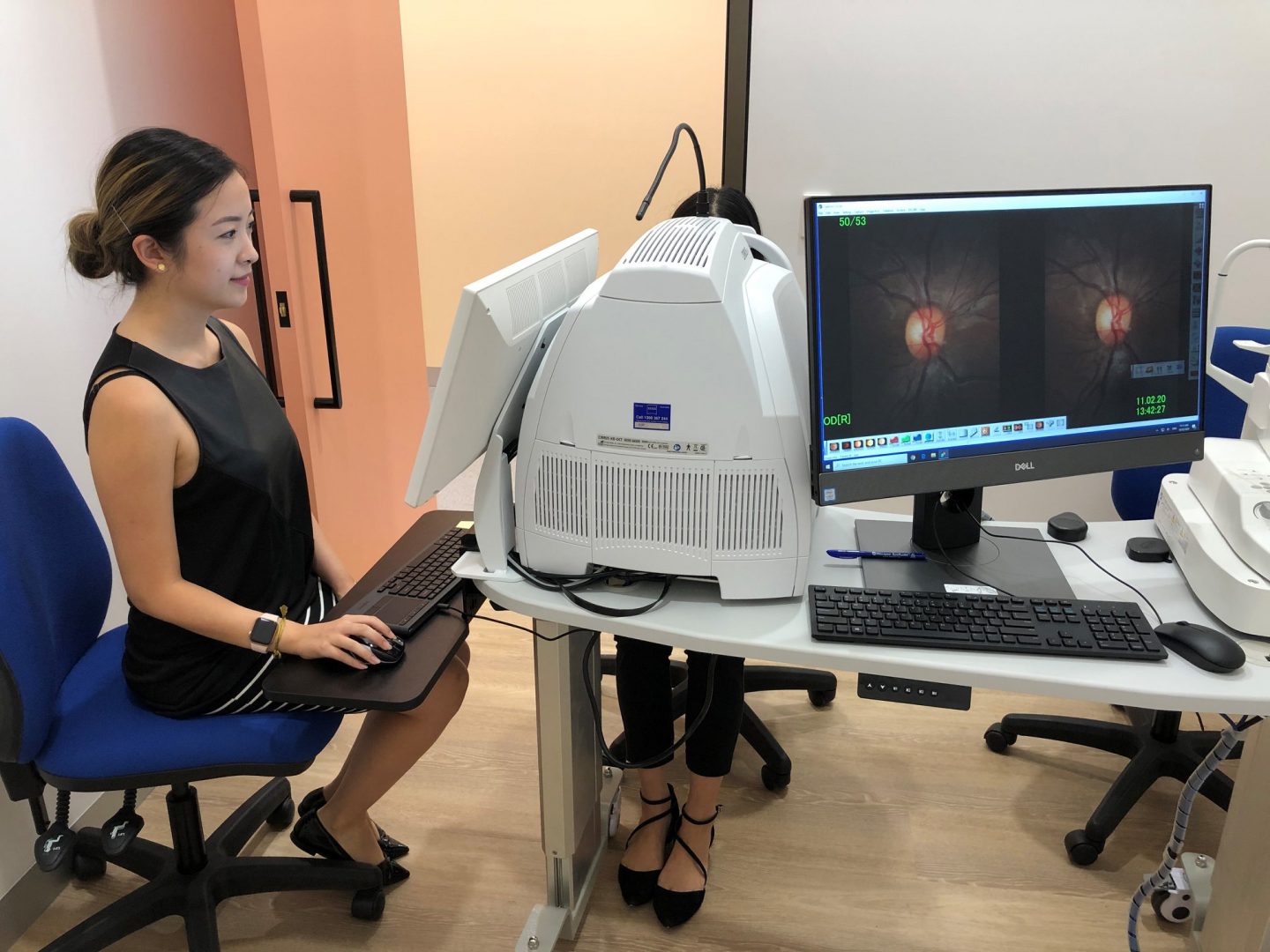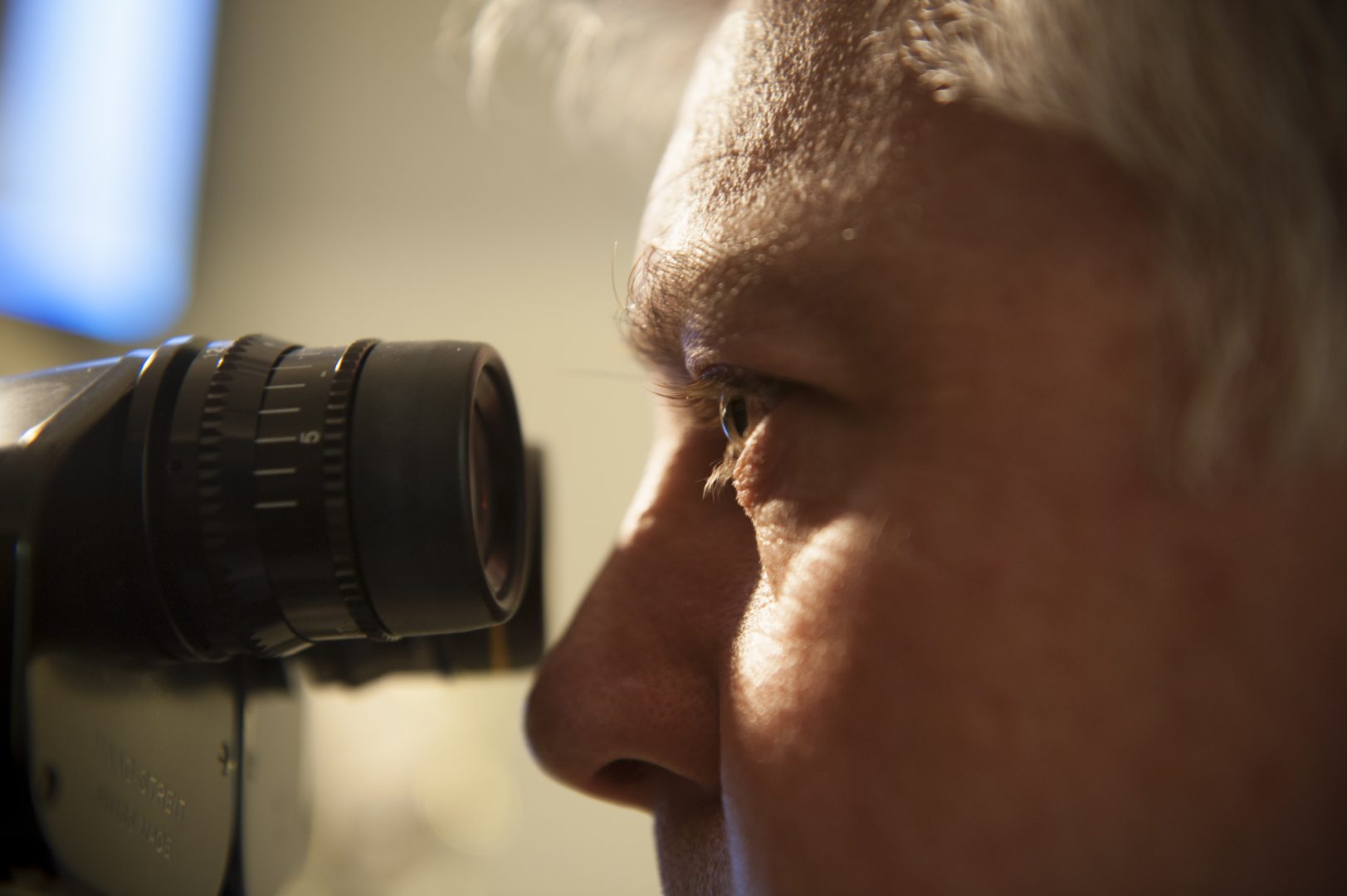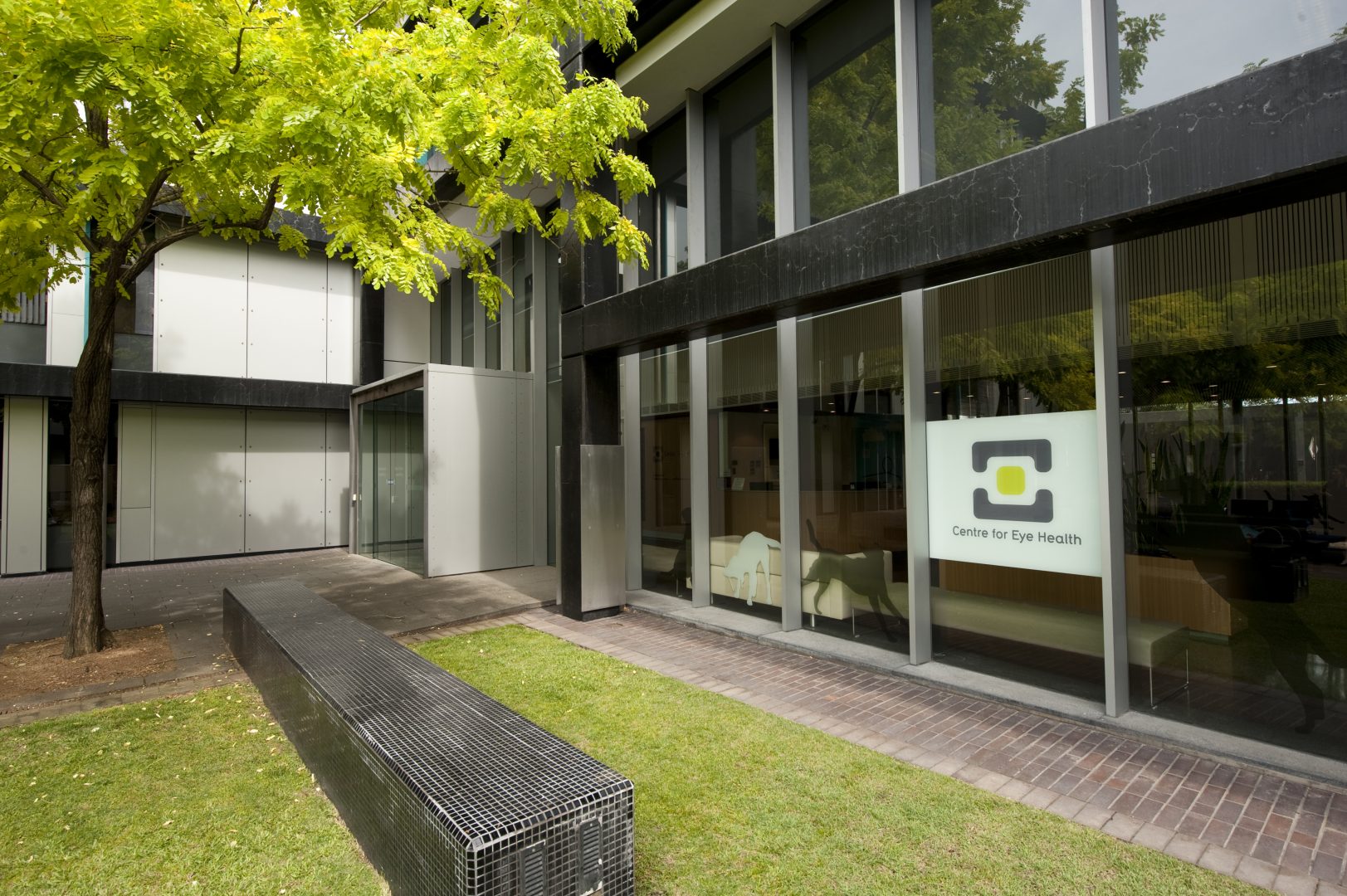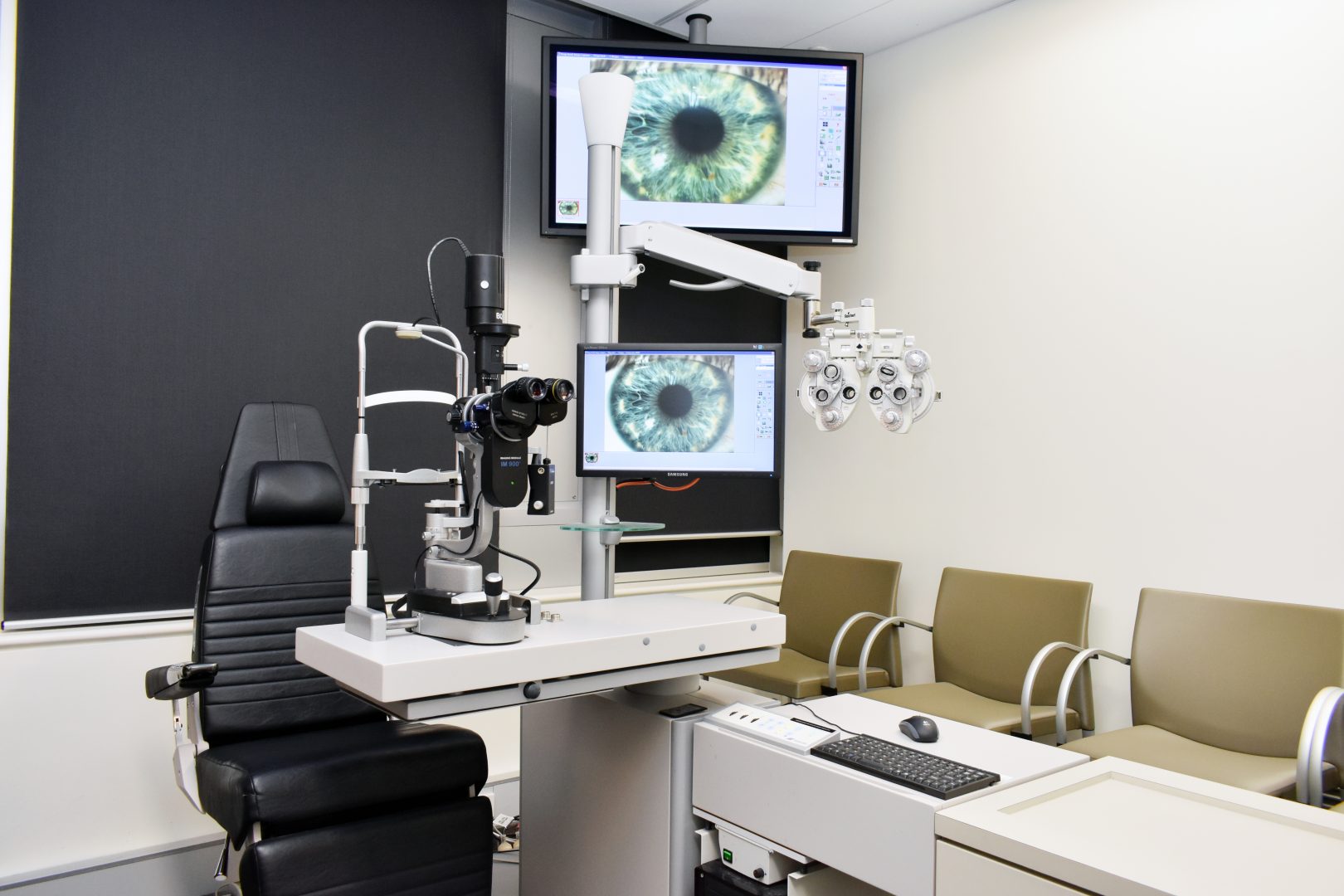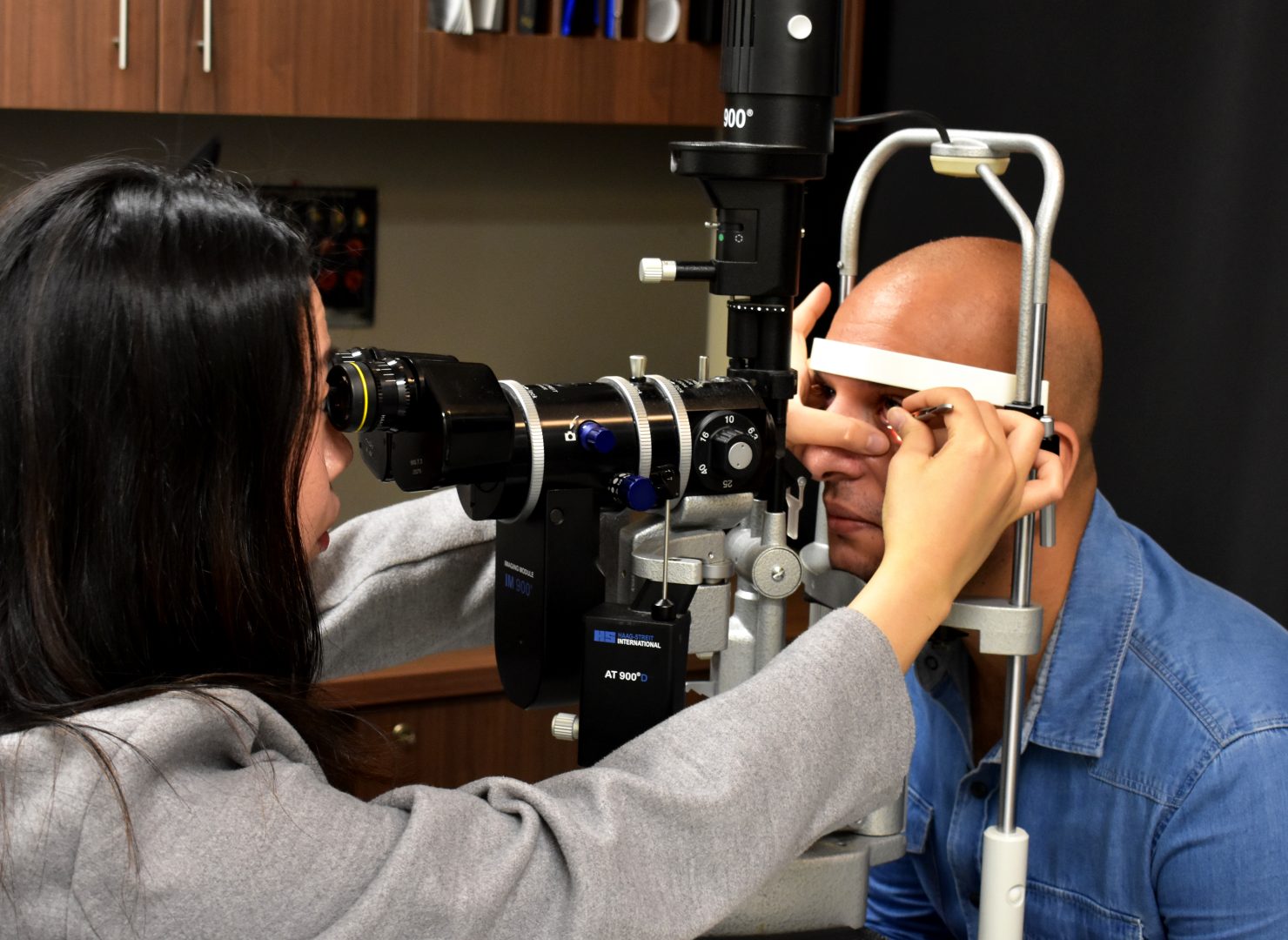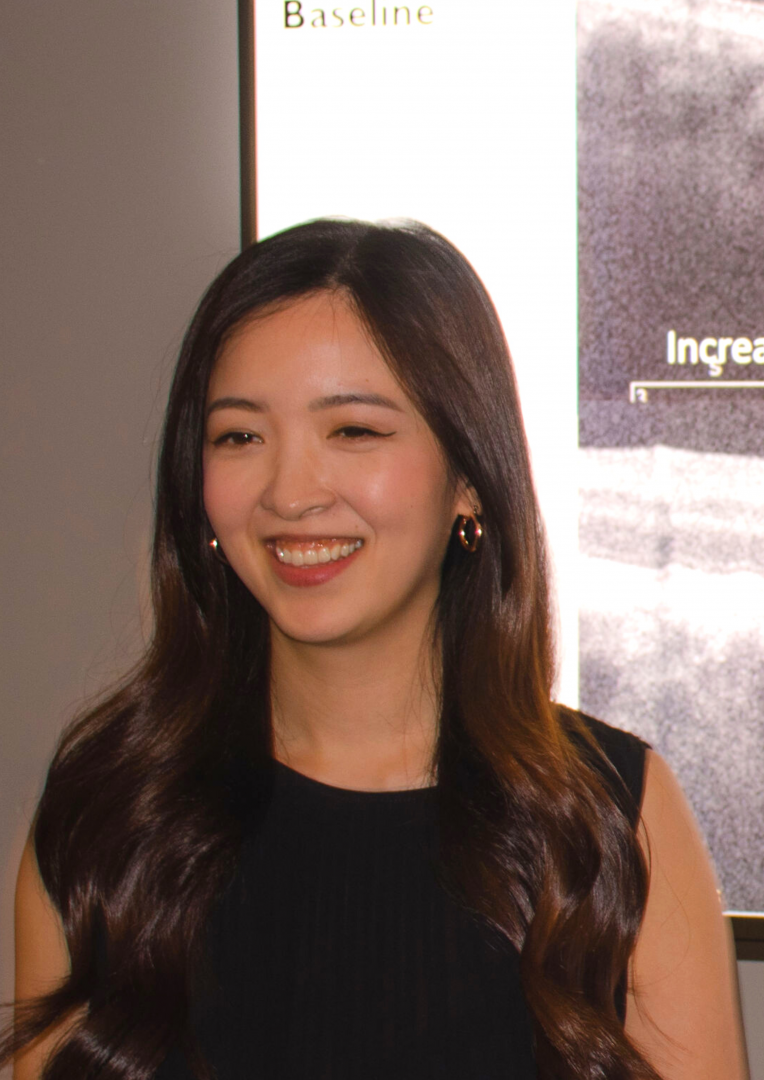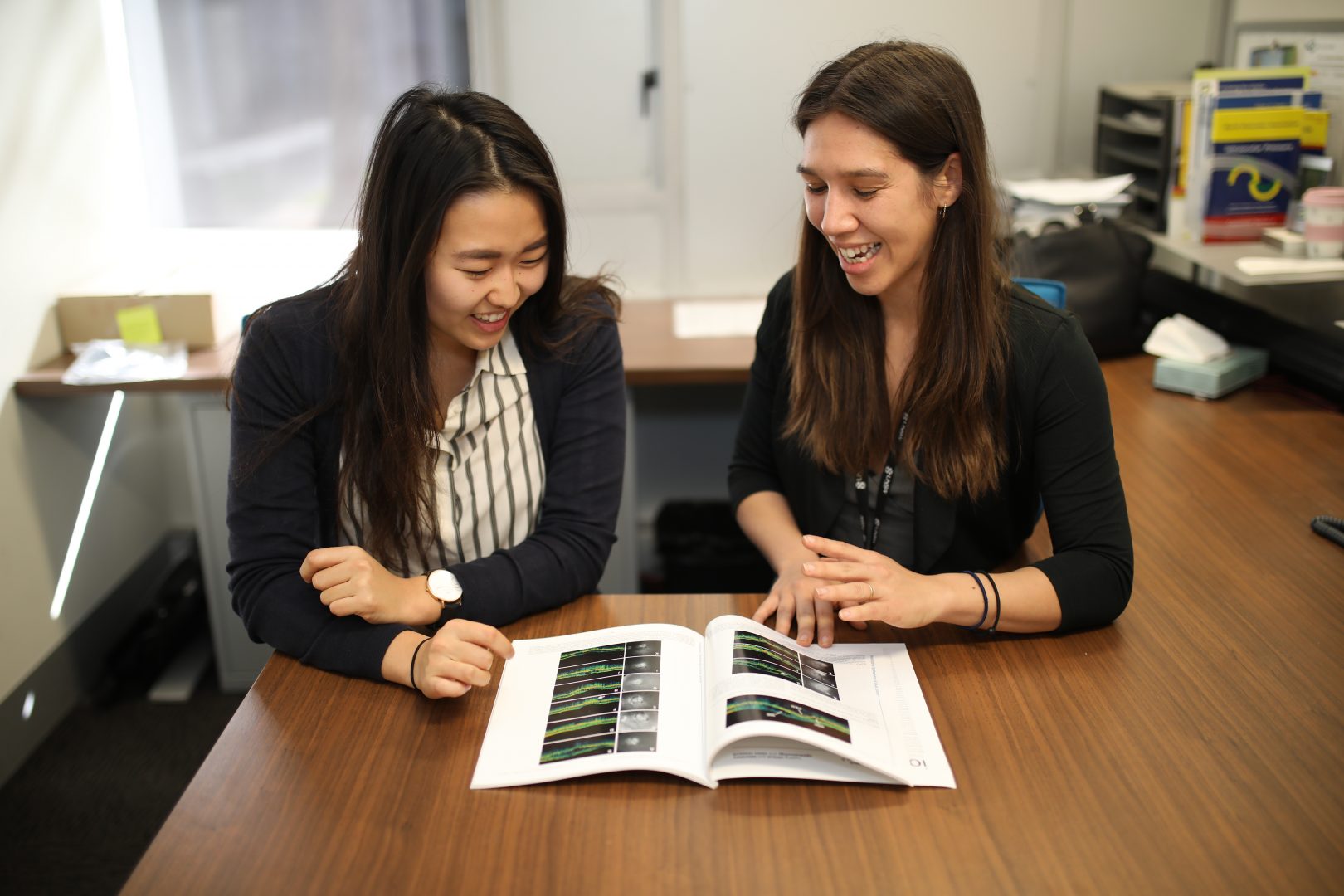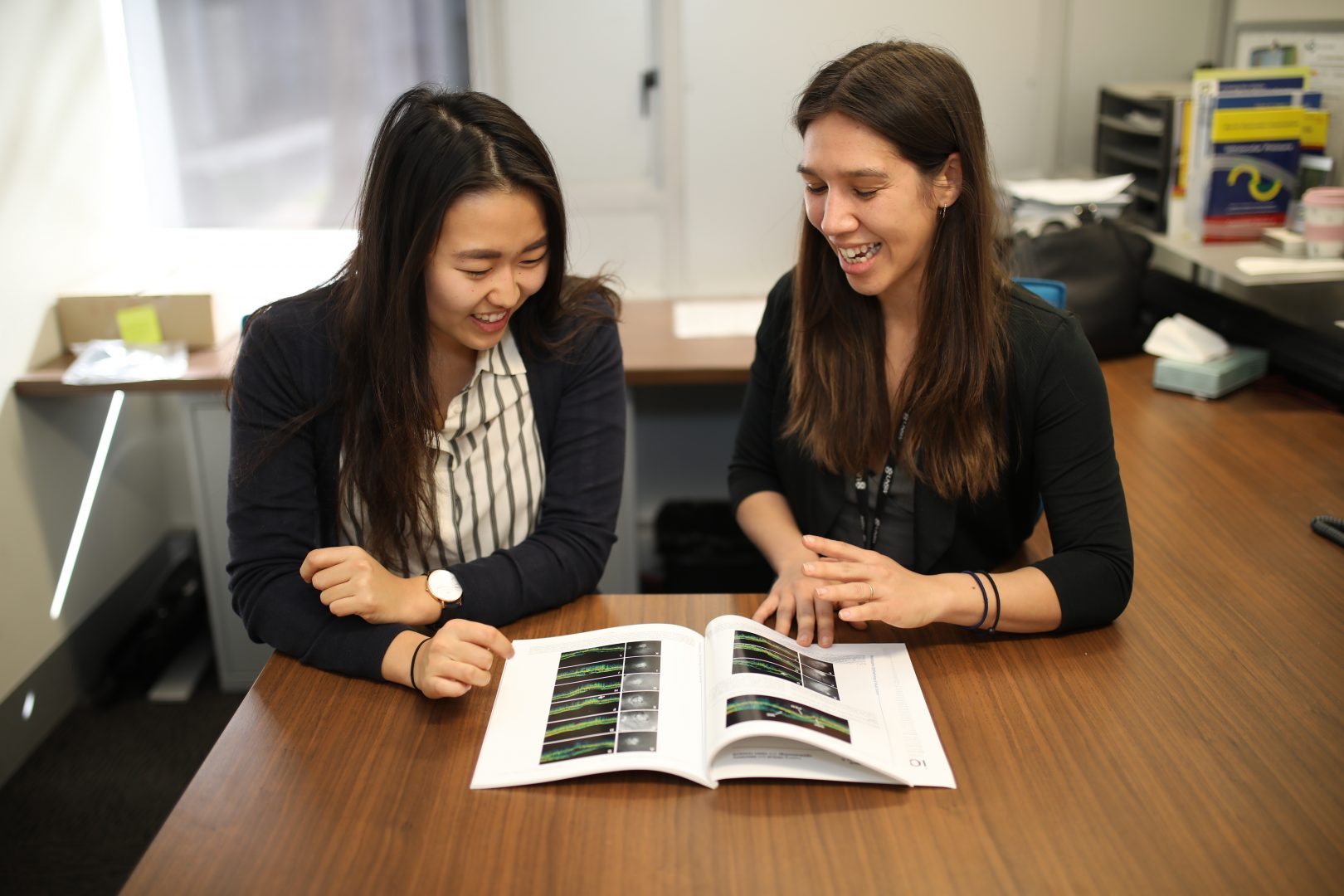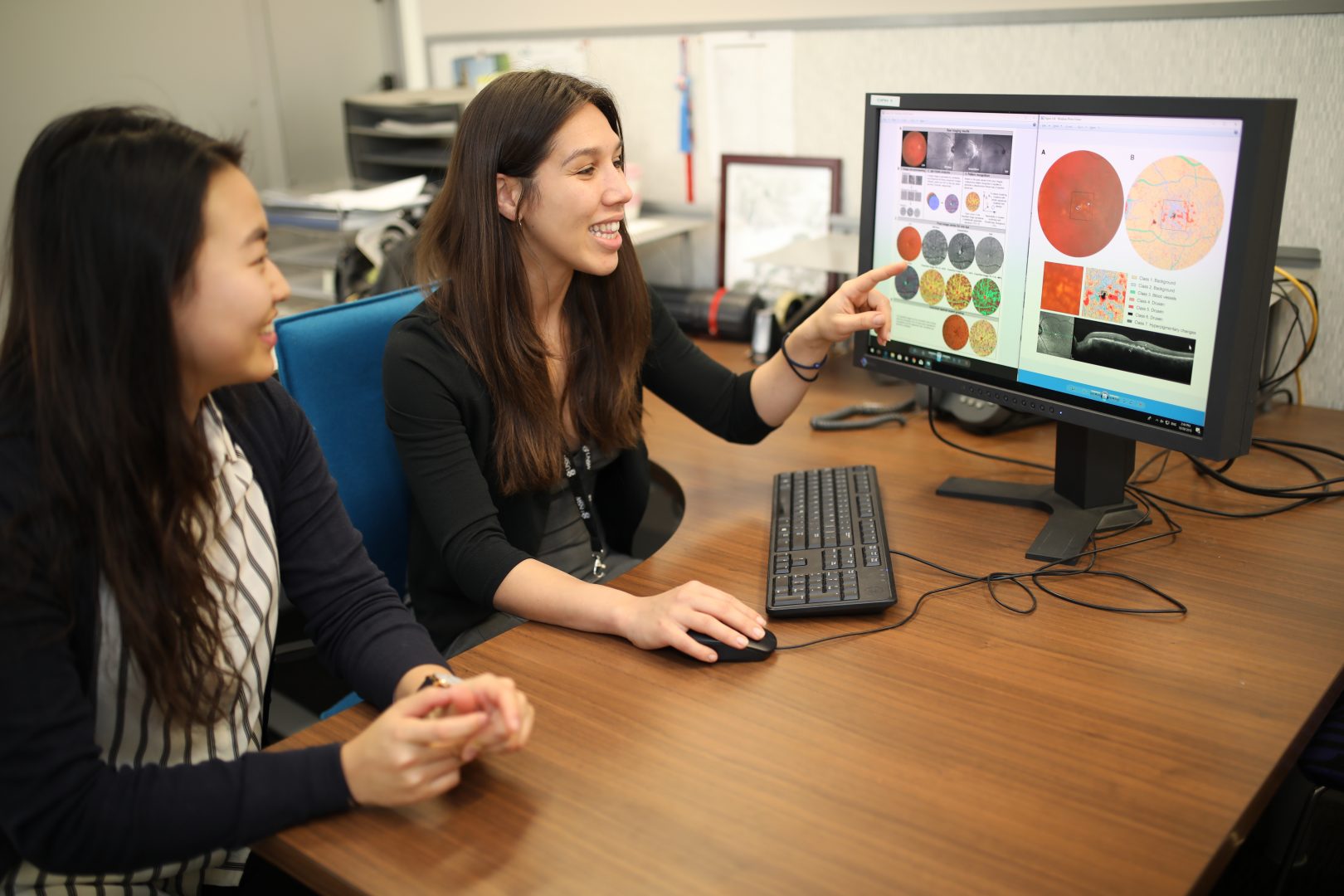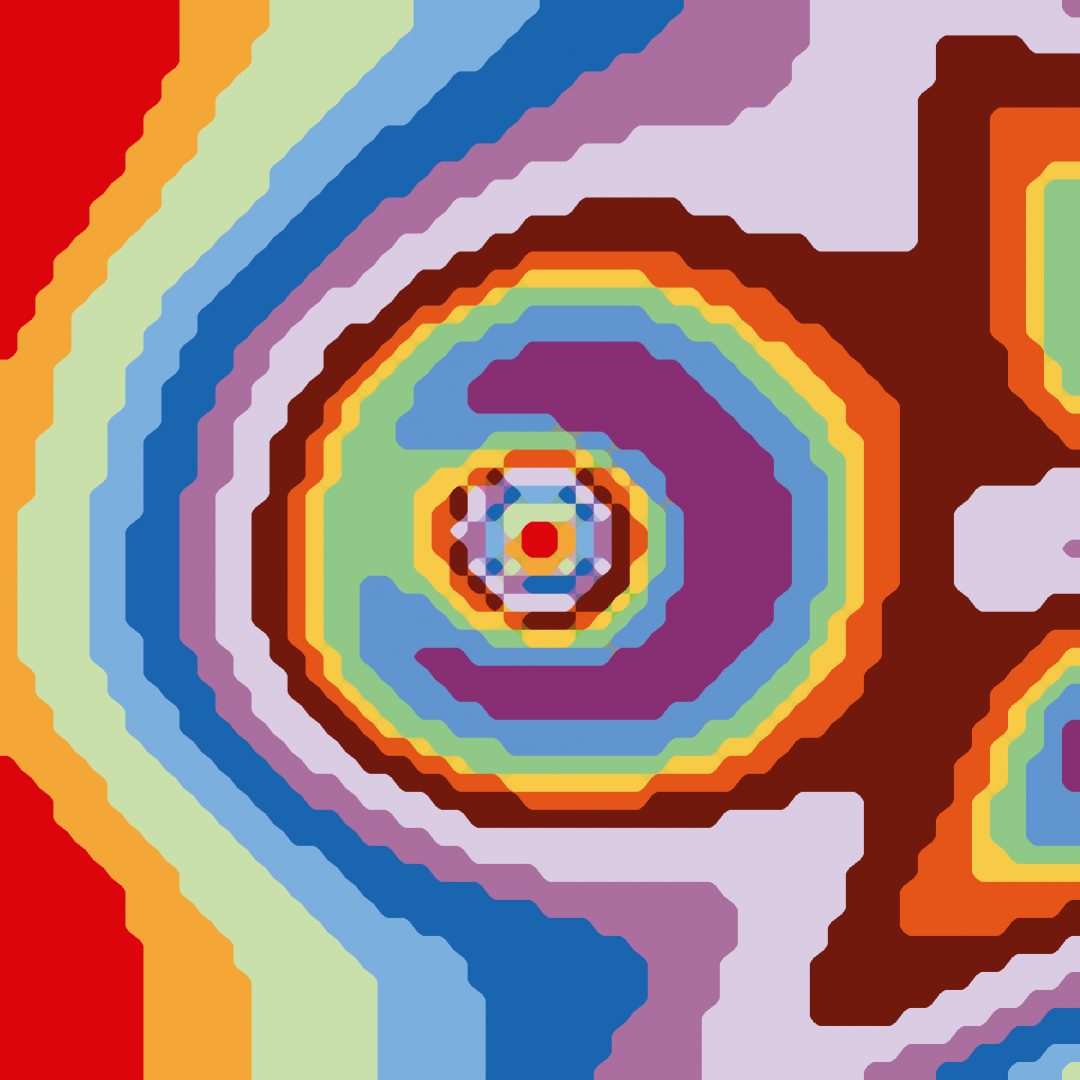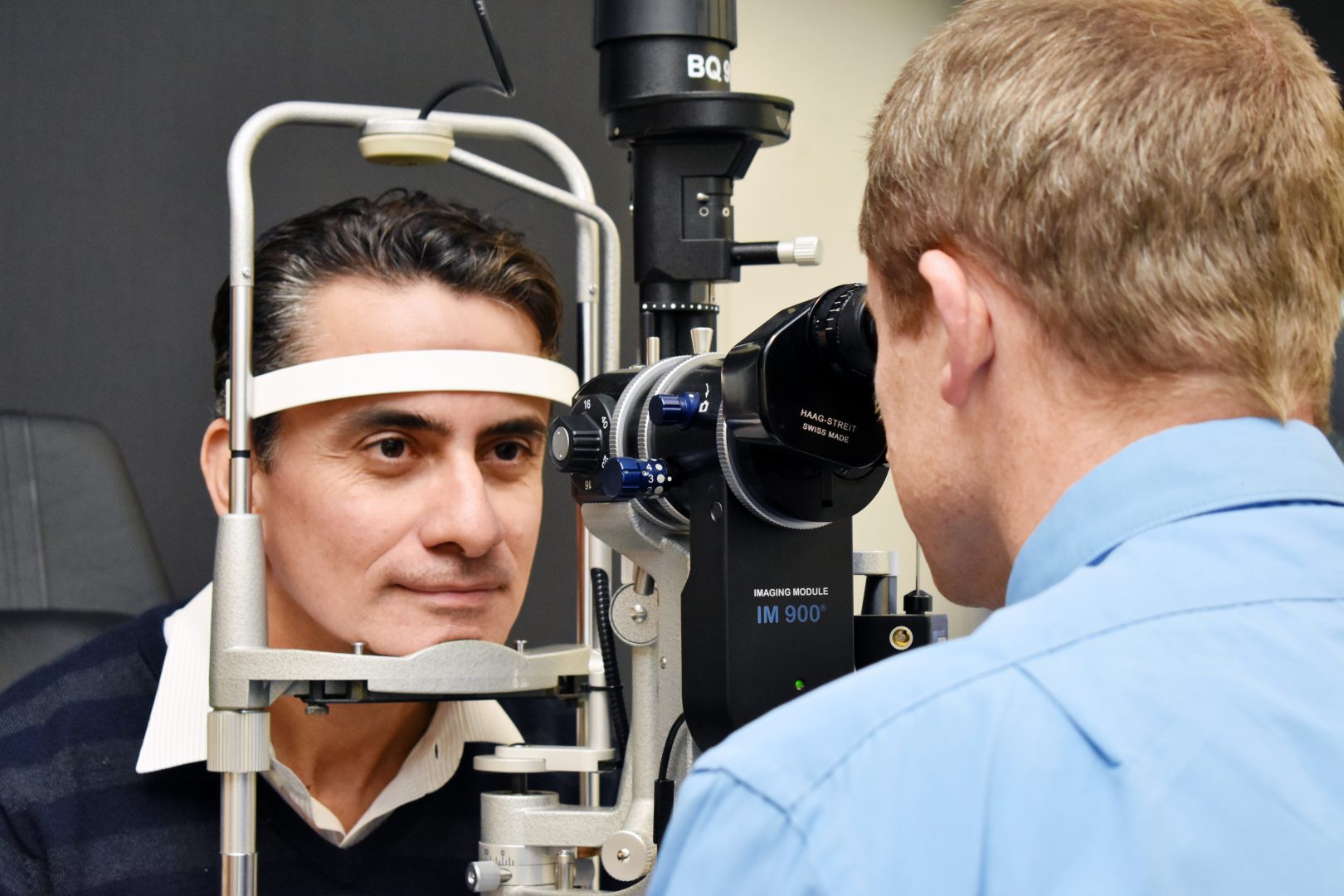Frontloaded visual fields using SITA-Faster: a practical method for earlier glaucoma detection
How many and how often should you be doing visual fields to detect glaucoma?
Our series of publications focussing on ‘frontloading’ visual fields has shown that clinicians can confidently use the new faster algorithm (SITA-faster) in detecting and monitoring glaucoma where two visual fields can be undertaken within 5 minutes. We have now extended this work and modelled glaucoma detection using mean deviation (MD) as the progression metric. We measured glaucoma progression using 1, 2, 3 or 4 visual fields per visit measured at 6 monthly, 1 or 2 year review cycles.
We found that when performing two or more visual field tests per clinical visit (frontloading) at 6 monthly visits detected glaucoma progression at least three visits sooner and thus the patients had lower MD at diagnosis compared to the one visual field at 6 monthly intervals.
Our results suggest that frontloading visual fields using SITA-Faster is a practical method for earlier detection when using MD as the outcome measure for glaucoma detection. The modelling strongly suggests that the current clinical standard of just one test per visit is not ideal for the early detection of glaucoma.
Free resource
We have also created an Excel spreadsheet to demonstrate the differences in time to detection and estimated MD at detection that is freely available to download.



